 |
|
1 CD -
8.43415 ZK- (c) 1986
|
|
DIE
KLAVIERSONATEN
|
|
|
|
|
|
|
|
| Ludwig van
BEETHOVEN (1750-1827) |
Klaviersonate
Nr. 1 f-moll, Op. 2 Nr. 1 - Joseph
Haydn gewidmet (Komponiert um
1795)
|
|
16' 28" |
|
|
-
Allegro
|
3' 24" |
|
1 |
|
-
Adagio
|
5' 28" |
|
2 |
|
-
Menuetto: Allegretto
|
2' 55" |
|
3 |
|
-
Prestissimo |
4' 41" |
|
4 |
|
Klaviersonate
Nr. 2 A-dur, Op. 2 Nr. 2 - Joseph
Haydn gewidmet "Der Sturm"
(Komponiert 1795) |
|
21' 30" |
|
|
-
Allegro vivace
|
6' 25" |
|
5 |
|
-
Largo appassionato
|
5' 52" |
|
6 |
|
-
Scherzo: Allegretto
|
3' 10" |
|
7 |
|
-
Rondo: Grazioso
|
6' 03" |
|
8 |
|
Klaviersonate
Nr. 3 C-dur,
Op. 2 Nr. 3 - Joseph
Haydn gewidmet
(Komponiert 1795)
|
|
24' 02" |
|
|
-
Allegro con brio
|
9' 27" |
|
9 |
|
-
Adagio
|
6' 42" |
|
10 |
|
-
Scherzo: Allegro
|
3' 04" |
|
11 |
|
-
Allegro assai
|
4' 49" |
|
12 |
|
|
|
|
Rudolf BUCHBINDER,
Klavier (STEINWAY-Flügel)
|
|
|
|
|
|
Luogo
e data di registrazione |
|
-
|
|
|
Original
Editions |
|
Telefunken
| 6.35490 FK - Vol.2 | 3 LPs |
LC 0366 | durata: 53' 24" ·
41' 14" · 49' 53" | (p) 1981 |
ANA | stereo | (Nr. 1, 2)
Telefunken
| 6.35472 FK - Vol.1 | 3 LPs | LC
0366 | durata: 46' 29" · 43' 17" ·
46' 12" | (p) 1981 | ANA | stereo
| (Nr. 3)
|
|
|
Edizione CD
|
|
Teldec |
8.43415 ZK | 1 CD | LC
3706 | durata: 62' 00" |
(c) 1986
| DDD/DMM | stereo
|
|
|
Executive
Producer |
|
-
|
|
|
Recording
Engineer |
|
-
|
|
|
Cover design
|
|
Holger
Matthies
|
|
|
Note |
|
- |
|
|
|
|
| THE 32
PIANO SONATAS (10 CDs DMM) |
Piano
Sonatas Nr. 1 f-moll, Op. 2 Nr.
1
The first compositions that
Beethoven published in Vienna,
where he had moved from Bonn in
1792, were the three Piano Trios
op. l. These were soon followed by
the three Piano Sonatas op. 2
dedicated to his teacher Joseph
Haydn. (Actually the lessons were
very sporadic and the rapport
between the pupil and his older
“master,” then at the height of
his fame throughout Europe was
evidently none too easy.) The
sonatas were written in 1795,
based on earlier material, and
printed in the following year. Not
only are they entirely different
from one another, but they
constitute in themselves an
ascending sequence. While No. 3 is
a completely free, highly
individual work, No. 1 a still
comparatively conventional, and no
doubt intentionally so.
The first movement is extremely
terse, the exposition occupying a
mean 48 bars. Compactness is the
order of the day, there is no
unnecessary loquacity there are no
flourishes. This concentration,
which is also particularly
apparent in the third movement, is
in itself a homage to Haydn.
Beethoven opens the first of his
sonatas to be accepted in the
canon with a commonplace: the
ascending broken minor triad at
the beginning of the piece, known
in the profession as the “Mannheim
rocket,” was in general use at the
time; one a constantly reminded of
the similarity to the opening of
the last movement of Mozart’s G
minor Symphony, K. 550. But what
Beethoven does with this motif is
by no means commonplace; the very
first sequence omits the anacrusis,
any thereafter only the turn which
concludes the opening phrase is
elaboratetd. Thus Beethoven proves
within a mere eight bars what he
can do with that very ordinary
tag, and that what matters is not
the basic idea, but its musical
exploitation. "Development" is not
confined to the development section
of the sonata form, but is to be
found everywhere, in every little
detail. Beethoven’s principle of
continuous thematic work, of
composition as a process - a
notion which stems primarily from
Haydn - is revealed even in this
tiny aspect of his first piano
sonata.
Piano
Sonatas Nr. 2 A-dur, Op. 2 Nr.
2
In contrast to the
concisely stern, rather sombre
sonata in F minor, the final of
which Czerny described as being
stormy, almost dramatic, like the
description of some serious event,
in the second sonata of op. 2, in
Beethoven’ usually bright and
optimistic key of A, a wayward,
charmingly playful note
predominates. The theme of the
last movement is quite delightful:
a graceful cap across 3 1/2
octaves up to E in Alt, the
highest note in the whole
movement, which occurs within the
context of this theme, and down
again in an almost exaggerated
slide. One might almost believe
that Beethoven chose the rondo
form in order to re-use this
little treasure: it occurs 5 times
in all, and the break is attained
in a different manner on every
occasion. The beginning of the
Scherzo almost anticipates the
Rondo opening: here again there is
a scurrying figure, the broken A
major triad ending, surely not by
chance, on exactly te same note, E
in Alt.
The first movement is on a very
large scale indeed, in comparison
with that of op. 2, No. 1, which
is not even half as long,
contrasts, surprises and internal
relationships abound and, unlike
the uncomplicated first sonata of
the set, it is s as taxing as it
is appealing to the virtuoso. Both
subjects are wayward and
inexpected: the first which, like
the opening of some Haydn
symphonies, is full of contrasts,
begins with two terse, contrary
motifs, played piano (but note the
different dynamics in the
recapitulation). The second
subject is introduced not in the
customary dominant major, but in
the gentle minor; inceasing,
unexpected modulations, always
introduced by a dissonant note
emphasised by a sforzato,
transform it into a variant of the
first subject with abrupt dynamic
contrasts. The strongest possible
antithesis is provided by the
largo appassionato with its almost
orchestral writing and fascinating
display of different registers,
which Czerny described as being of
a religious nature: the sustained,
broadly sweeping tune is
contrasted with the generous
palette of the accompaniment,
extending from the dry staccato of
the bassoon to the cantilena of
the strings.
Piano
Sonatas Nr. 3 C-dur, Op. 2
Nr. 3
Even the
first compositions produced by
Beethoven in Vienna were fully
mature works: the three Piano
Trios of op. 1, written in 1793/4
and dedicated to his most eminent
patron, Prince Carl Lichnowsky, of
whom he was to say in 1805: ”He is
truly one of my most faithful
friends and the promoter of my art
- something fairly unusual in that
class,” and the three Piano
Sonatas
of op. 2, dedicated to Joseph
Haydn. When Beethoven moved to
Vienna from Bonn in the autumn of
1792 - temporarily, as he thought
- he became Haydn’s pupil for
about a year. Not merely does the
dedication express the customary
gratitude shown to a teacher, but
the three sonatas represent what
the young composer, whom Haydn had
as early as 1795 described, in a
diary entry, as a genius, had
learnt from his teacher’s style
rather than from his lessons. In
this context it is worth recalling
the prophetic words with which
Count Waldstein concluded his
entry in Beethoven’s album on the
eve of his departure from Bonn:
“By unremitting diligence you will
receive the spirit of Mozart from
the hands of Haydn."
In 1795 Beethoven wrote the three
sonatas of op. 2, incorporating in
them some previously composed
material, and they were published
a year later. The richness and
inventiveness which they display
is divorced from any kind of
formalism. No. 3 in C, one of
Beethoven's most frequently played
sonatas, is conceived on the
largest scale and contains
elements of orchestral sonorities,
as opposed to the "chamber music”
scale of No. 1 and the
pianistic virtuosity cf No. 2. The
first movement of this sonata is
sometimes described as a piano
concerto in disguise, because of
the interesting changes in the
tone colour and figuration, and
particularly on account of the
strange free cadenza which is
interpolated between the end of
the recapitulation and the coda.
However, Beethoven’s music is
particularly characterised by the
fact that traditional types of
style, such as ”chamber music,”
“pianistic” etc. are constantly
reshaped, discarded, indeed
stripped of their traditional,
typical effect. As far as the A
flat major cadenza in the first
movement is concerned, it is
reminiscent neither in its placing
nor in its internal form of a true
concerto cadenza; this passage is
free improvisatory soliloquising,
and a last product of the surprise
element in this movement, which is
derived from constantly changing
confrontations with and
digressions from the terse opening
motif, which, taken by itself,
would have led one to expect the
movement to take an entirely
different course.
The second movement, an Adagio in
the third-related key of E which
moves through manifold ranges of
expression as though in a dream,
appears to be just one vast
elaboration of the improvisation
at the end of the first movement.
In 1842 Beethoven’s pupil Carl
Czerny stated in his notes on the
interpretation of the sonatas that
this adagio already displayed a
romantic tendency that later
enabled Beethoven to create a type
of composition which raised
instrumental music to the level of
painting and poetry. Particularly
strange is the sudden eruption in
the second half, fortissimo, in
the contrasting key of C, an
isolated variant of the two bars
of the first subject - but it turns
out to be merely an obvious
harking back to the beginning of
the first movement; material that
has already been encountered is
treated as though it were entirely
new. Details such as these
indicate what Beethoven put into
his compositions. In the Scherzo,
strangely enough, the violence
does not flare up until the Trio
is reached and the triplets create
the illusion of increased speed.
The motivic element of the
movement centres, in essence, on
the contrast between the major and
minor seconds in the two versions
of the first motif. At the very
end of the coda, which flits from
mighty octave leaps to a
pianissimo, the interval is
reversed and the second rises from
B to C. A reworking of the
material down to its smallest
components, typical of Beethoven’s
writing from then on, is one of
his finest legacies from Haydn.
|
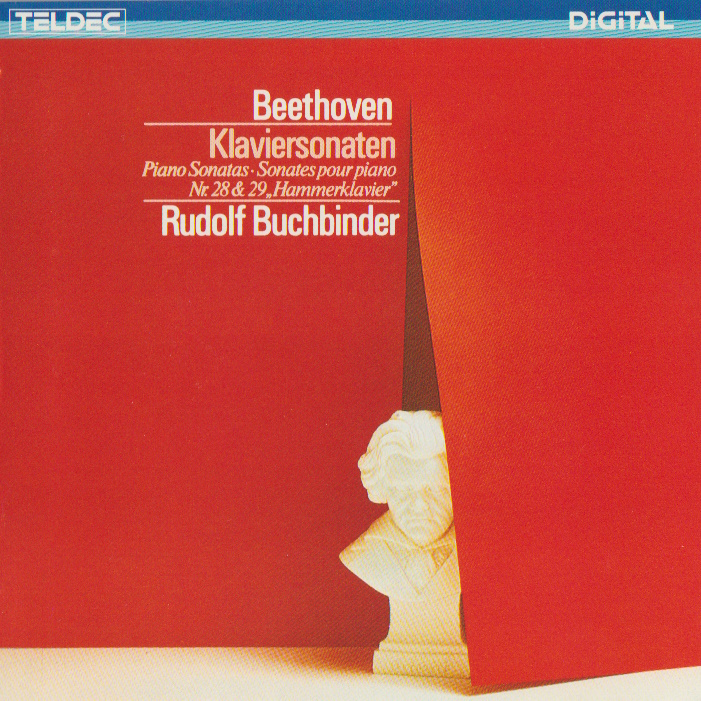
1 CD - 8.42761 ZK - (c) 1984
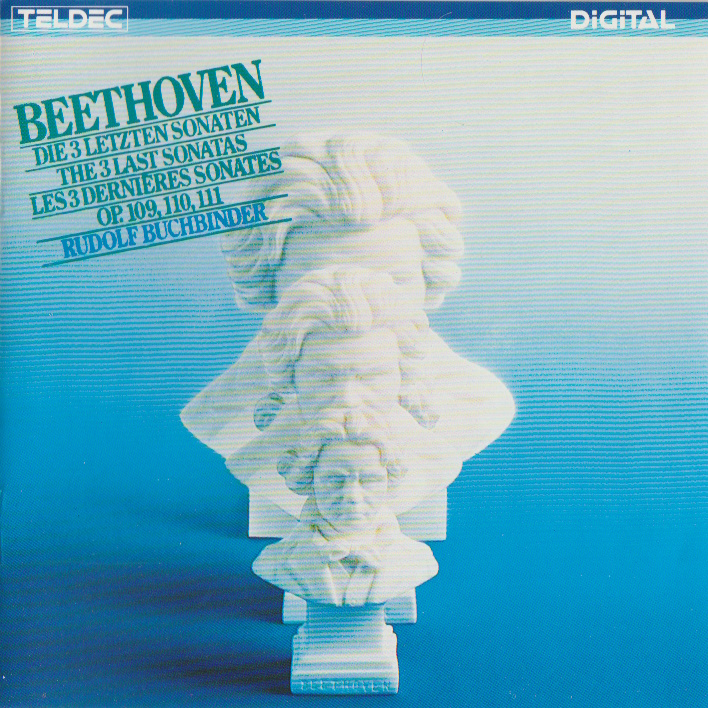 1 CD -
8.43027 ZK - (c) 1984
1 CD -
8.43027 ZK - (c) 1984

1 CD -
8.43206 ZK -
(p) 1985
1 CD - 8.43415
ZK - (p) 1986
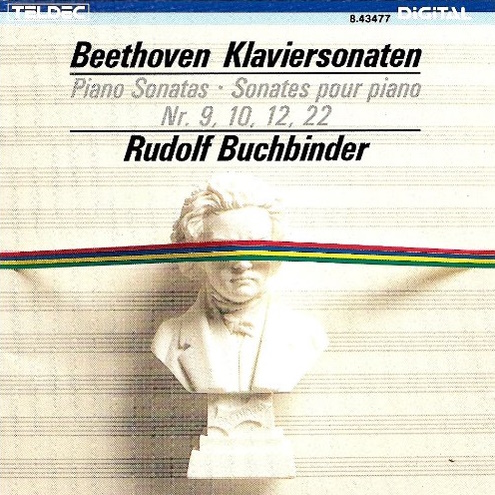
1 CD - 8.43477
ZK - (p) 1987
|
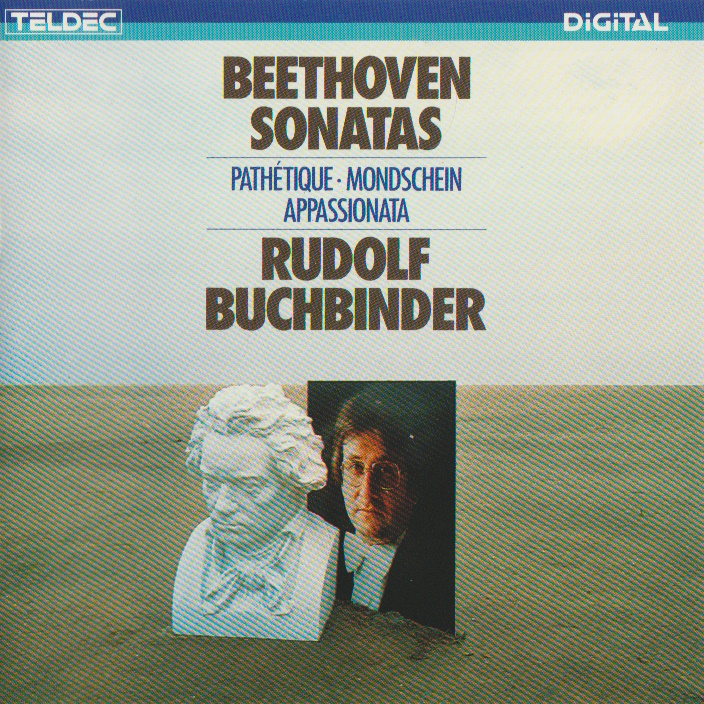
1 CD - 8.42913 ZK - (c) 1983
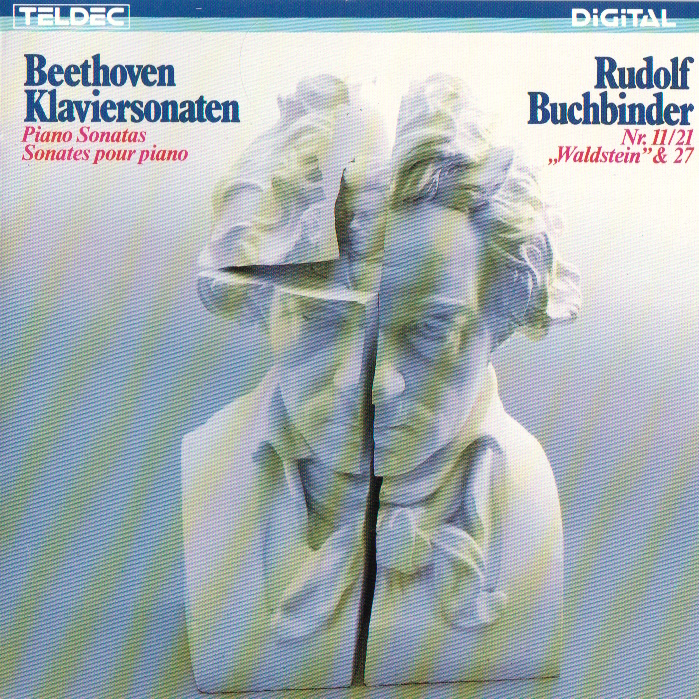
1 CD - 8.43111 ZK - (p)
1985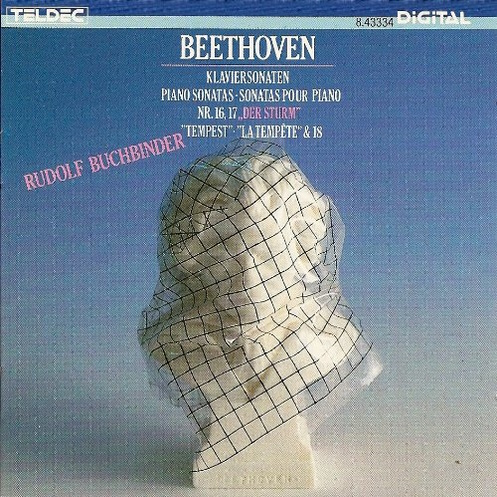
1 CD - 8.43334 ZK
- (p) 1986

1 CD - 8.43476
ZK - (p) 1987
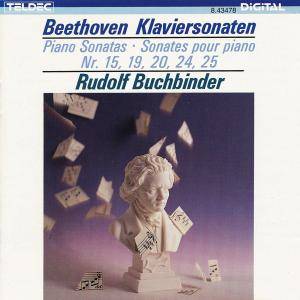
1 CD - 8.43478
ZK - (p) 1987
|
|
|
|
|